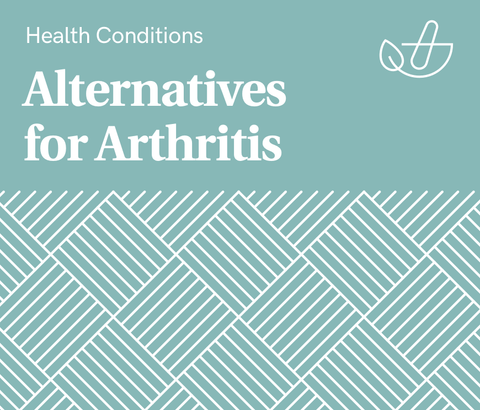Link to your individual collections by creating a new linklist in the Navigation section of the admin.
You can then have it appear here by choosing your new linklist under Customize Theme / Sidebar.

Show 1080: What Works for Pain Relief and Why
Pain is one of the most common reasons people seek medical care. But physicians often face a dilemma when they treat joint pain, back pain or muscle spasms with prescription pills. Drugs that relieve pain effectively frequently carry frightening side effects, especially over the long term.
Problems with NSAIDs for Pain Relief:
Doctors usually rely on a nonsteroidal anti-inflammatory drug (NSAID) such as celecoxib (Celebrex), diclofenac (Cataflam, Voltaren), ibuprofen (Advil, Motrin IB), meloxicam (Mobic) or naproxen (Aleve, Naprosyn) to treat arthritis or other inflammatory diseases. But these pills can harm the kidneys and increase the possibility of a heart attack or stroke if they are used for more than a short time.
Limited Pain Relief from Steroid Joint Injections:
Likewise, steroids such as prednisone or methylprednisolone calm inflammation well but pose hazards even in short term use. What about steroid injections? New research demonstrates that repeated injections into an arthritic knee do not help the pain, but they do speed cartilage loss. Arthroscopic surgery, though extremely popular, is not supported by research data either.
Will Home Remedies Provide Pain Relief?
As a result, people in pain find themselves in a difficult situation. Should they try home remedies for pain relief? Perhaps. Sometimes simple remedies can work reasonably well in the short term. Recent scientific advances in the study of transient receptor potential (TRP) channels help explain how some old-fashioned approaches work.
Problems with NSAIDs for Pain Relief:
Doctors usually rely on a nonsteroidal anti-inflammatory drug (NSAID) such as celecoxib (Celebrex), diclofenac (Cataflam, Voltaren), ibuprofen (Advil, Motrin IB), meloxicam (Mobic) or naproxen (Aleve, Naprosyn) to treat arthritis or other inflammatory diseases. But these pills can harm the kidneys and increase the possibility of a heart attack or stroke if they are used for more than a short time.
Limited Pain Relief from Steroid Joint Injections:
Likewise, steroids such as prednisone or methylprednisolone calm inflammation well but pose hazards even in short term use. What about steroid injections? New research demonstrates that repeated injections into an arthritic knee do not help the pain, but they do speed cartilage loss. Arthroscopic surgery, though extremely popular, is not supported by research data either.
Will Home Remedies Provide Pain Relief?
As a result, people in pain find themselves in a difficult situation. Should they try home remedies for pain relief? Perhaps. Sometimes simple remedies can work reasonably well in the short term. Recent scientific advances in the study of transient receptor potential (TRP) channels help explain how some old-fashioned approaches work.




